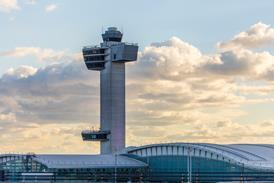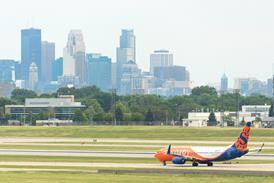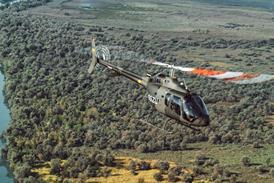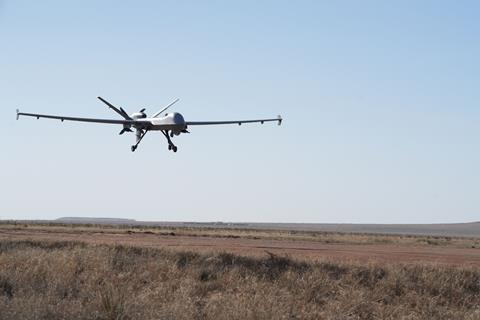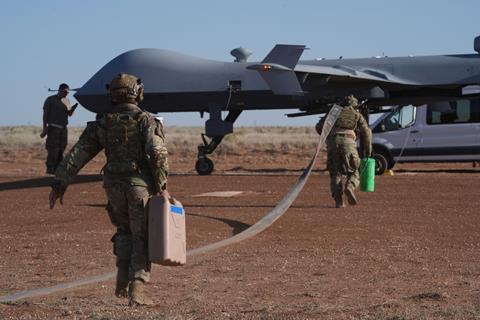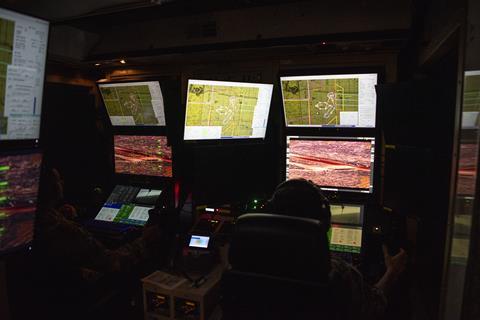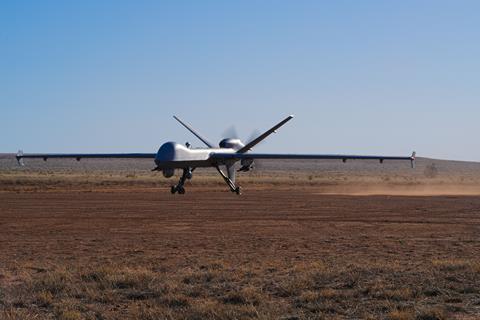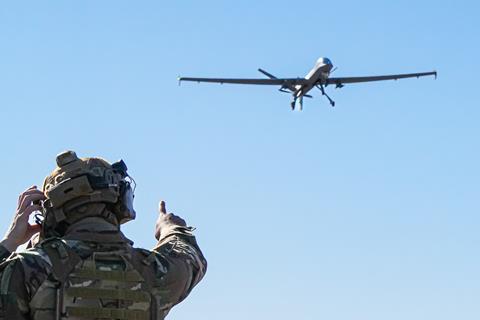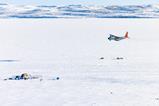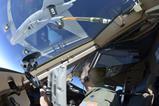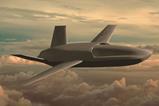The US Air Force (USAF) is seeking to expand the battlefield capabilities of its primary uncrewed combat aircraft, recently demonstrating the ability to operate from remote and austere bases.
During end-of-year exercises dubbed Reaper Castillo, units from the USAF tested the ability of the General Atomics Aeronautical Systems MQ-9 Reaper to take-off from and land on a dirt runway in the southwestern state of New Mexico. The drills saw an MQ-9 touch down at Melrose Air Force Range, where the remotely piloted vehicle underwent rapid re-arming and refuelling before launching again for a simulated mission.
The aircraft’s pilot was located some 1,100 miles (1,770km) away at Hurlburt Field, Florida.
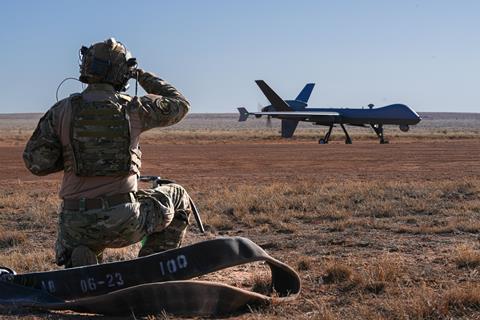
“The exercise validated the MQ-9’s ability to conduct key operations in austere environments, including dirt-strip landings,” the air force said on 31 December, noting the Reaper Castillo drills took place over six weeks in November and December.
Typically, the MQ-9 requires a well-established base from which to operate, including a paved runway, ground-based maintainers and “extensive support functions”, according to the air force.
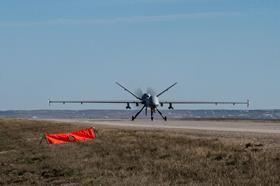
By contrast, the Reaper Castillo exercise featured a dirt runway and only a small special operations mission sustainment team to provide ground support and local security.
Such operations fit into the USAF’s concept of Agile Combat Employment (ACE) – a strategic push within the service to reduce reliance on large, well-established air bases now seen as overly vulnerable to bombardment by dense waves of long-range missiles and one-way UAVs.
“We have to break out of the mindset that we need a huge, paved runway with co-located launch and recovery aircrews,” said one MQ-9 pilot and Reaper Castillo mission commander. “If we can free ourselves from the traditional mindset, it makes MQ-9 combat reach nearly limitless.”
The officer’s name and rank were not released by the Pentagon.
Reaper Castillo builds upon 2023 exercises in Wyoming that saw an MQ-9 successfully land on and take-off from a remote tarmac roadway in Wyoming, alongside Fairchild Republic A-10 attack jets and a Lockheed Martin MC-130J Commando II multi-role special operations transport.
Despite its important multi-role capability as both an intelligence collection and air-to-ground strike platform, the MQ-9 has proven vulnerable to enemy activity over the past year.
Several examples have been lost in action, including multiple MQ-9s shot down around the Red Sea region by fire from Yemen’s Houthi fighters and one Reaper that was deliberately crashed into the Black Sea after it was impacted and damaged by a Russian Sukhoi Su-27 fighter.
While the slow-moving, non-stealth MQ-9 will likely remain susceptible to combat losses in modern contested airspace, the USAF is not backing away from its combat-proven UAV fleet. Rather, the recent Reaper Castillo exercises show the service is instead trying to expand the type’s operational profile and lessen the remotely piloted aircraft’s vulnerability to attack while on the ground.
War games conducted by the US-based Center for Strategic and International Studies in 2022 found a conflict with China around Taiwan could see Washington and its allies lose as many as 900 combat aircraft – with most of those losses occurring on the ground due to enemy missile attacks.
The ACE approach is meant to diminish that risk, and is something the air force describes as “crucial to unlocking the full potential of the MQ-9”.
In 2023, several of the service’s top officers said the Pentagon can no longer rely on its network of overseas bases to project power around the world, particularly in East Asia.
“The USAF no longer has the luxury of projecting power from sanctuary bases,” said Major General Christopher Niemi, commander of the USAF Warfare Center, following a series of exercises last summer designed to test the air force’s ability to generate sorties in a contested environment.
“Airmen will be required to sustain the same operational tempo as before, but under the threat of large-scale enemy fires at a magnitude this nation has never seen,” Niemi noted.
A study released by the US-based Stimson Center in December found China could likely force the closure of American air bases across the Pacific region for at least several days using massed waves of long-range missiles to damage or destroy airfields in Japan, Guam, the Northern Marianas and other Pacific islands.
See photos of the US Air Force’s recent MQ-9 dirt landing strip exercises:


